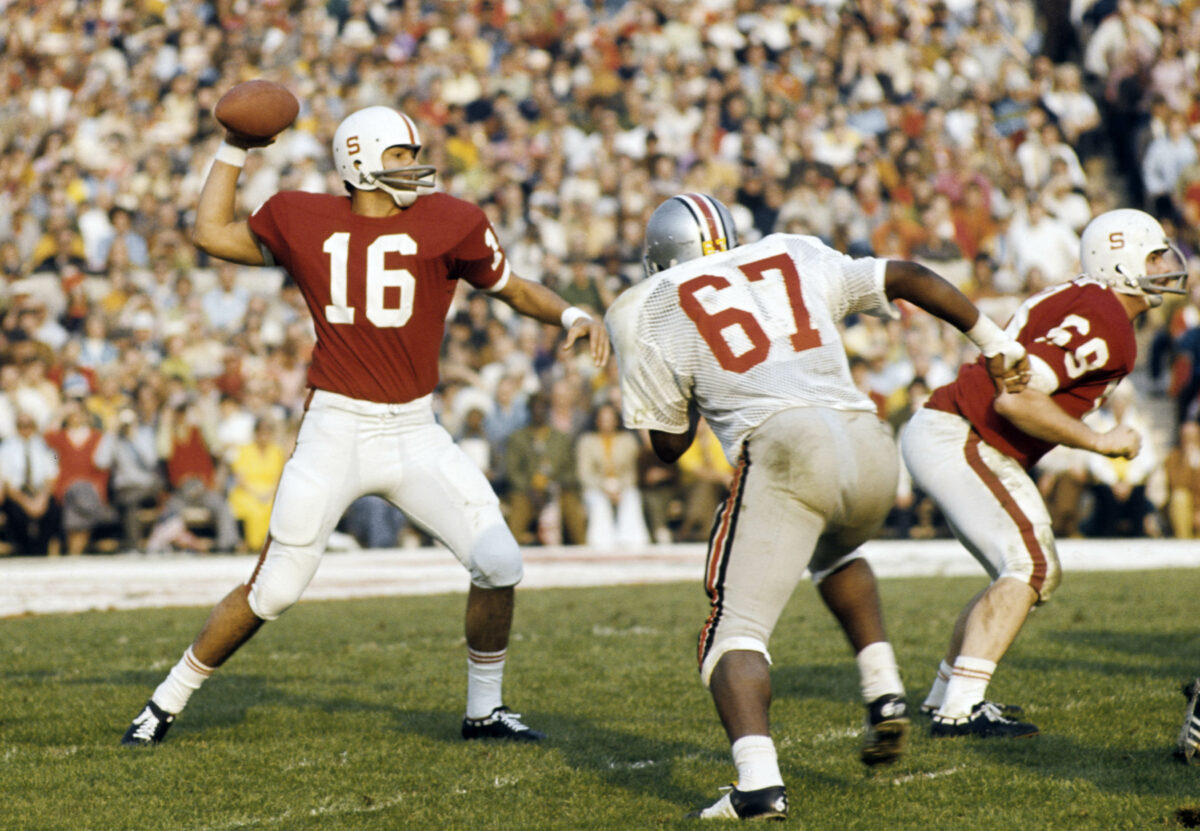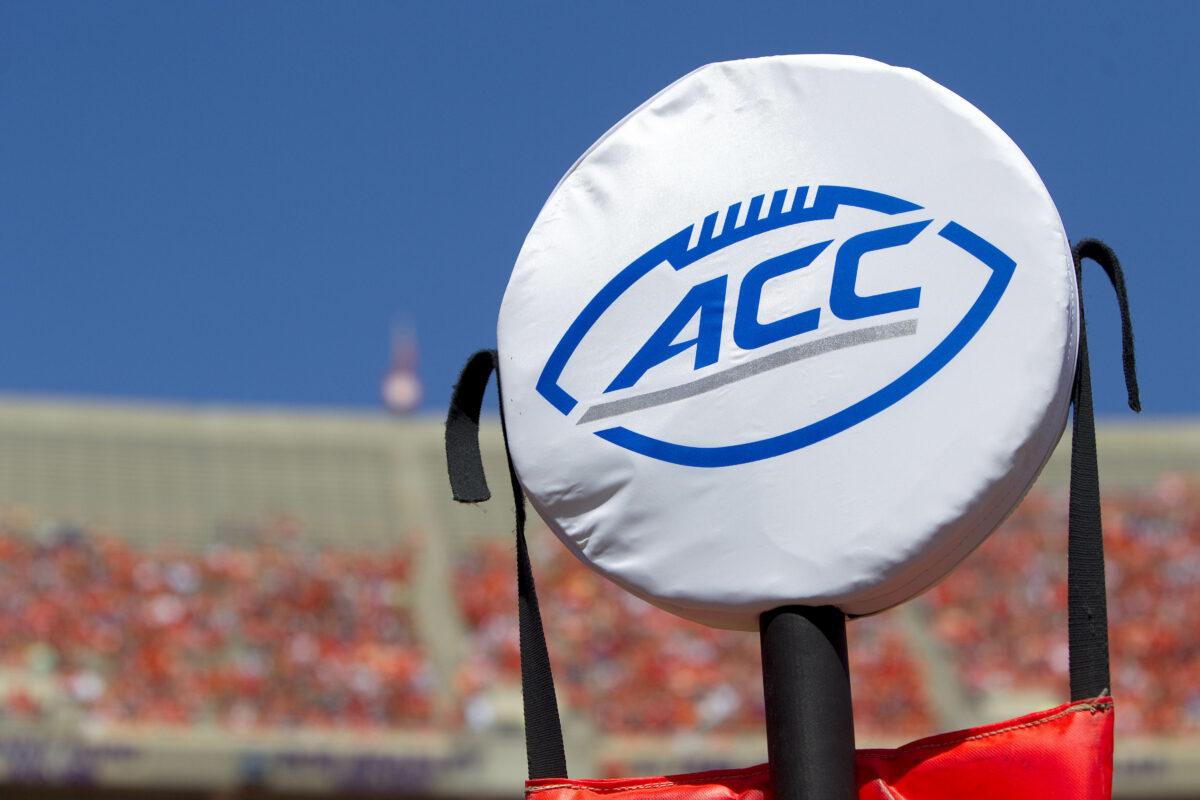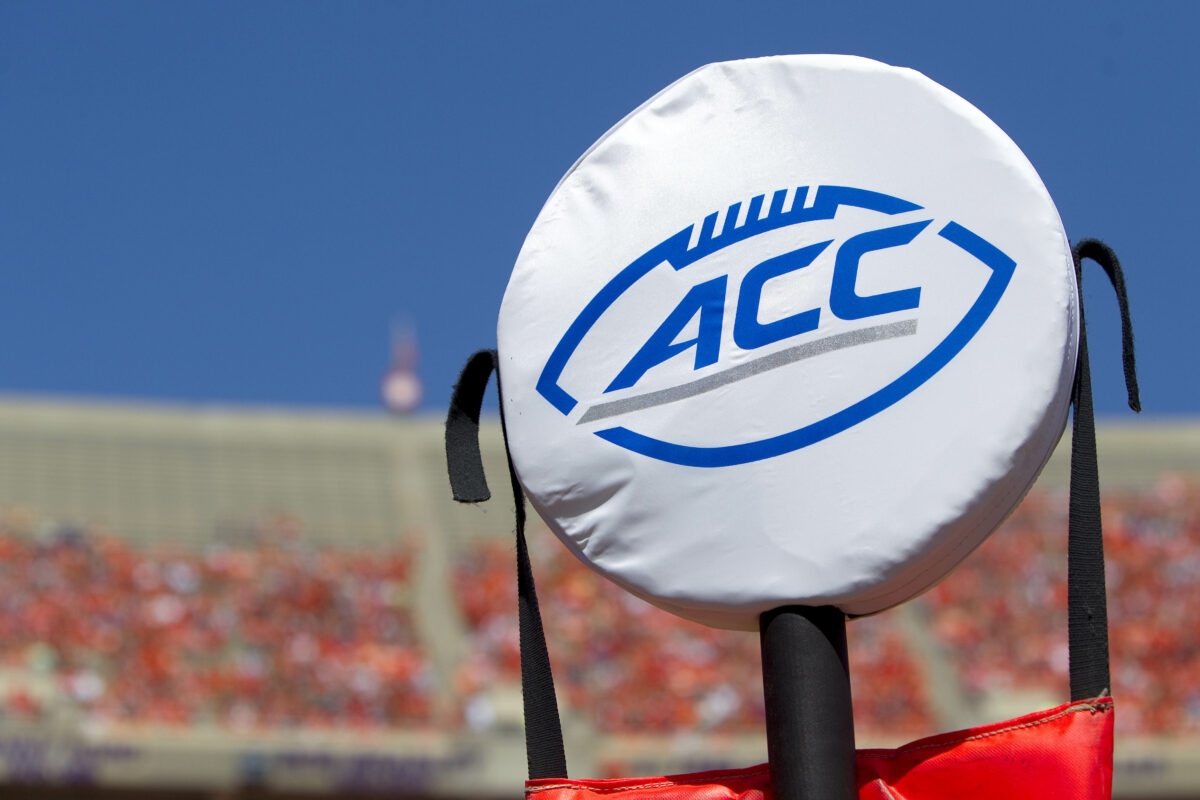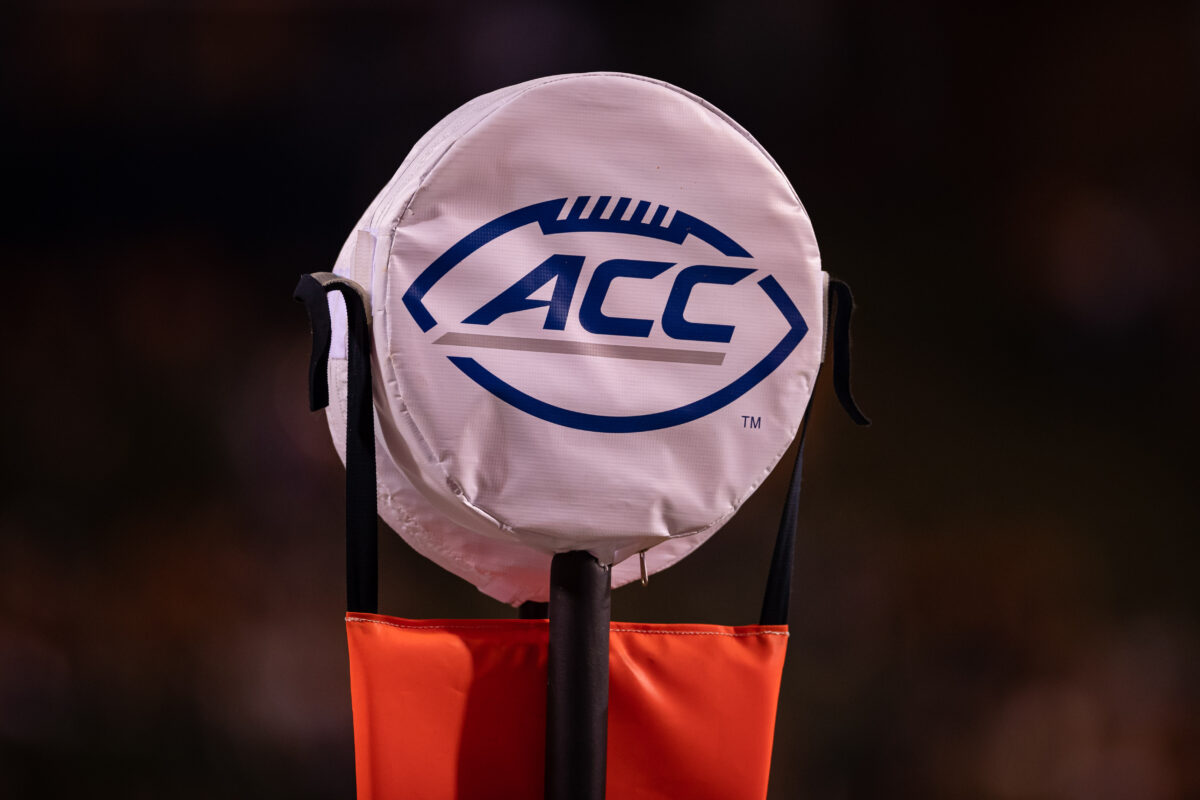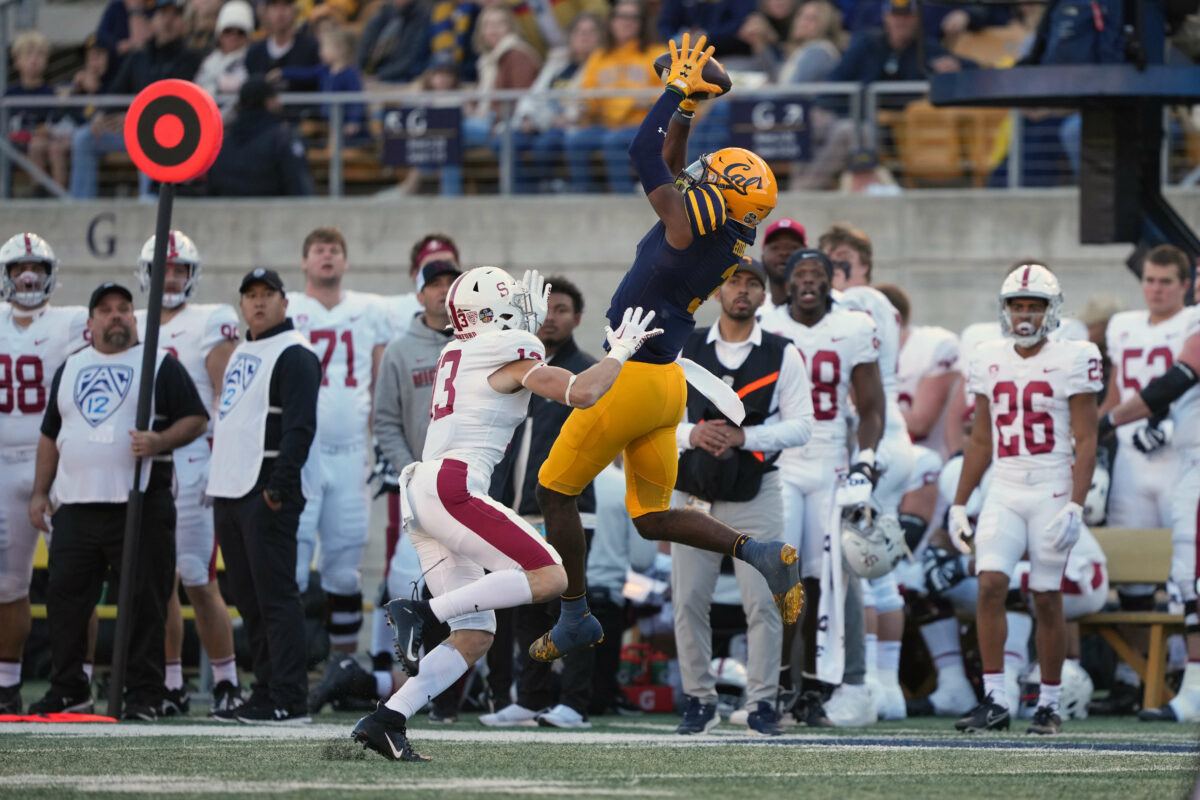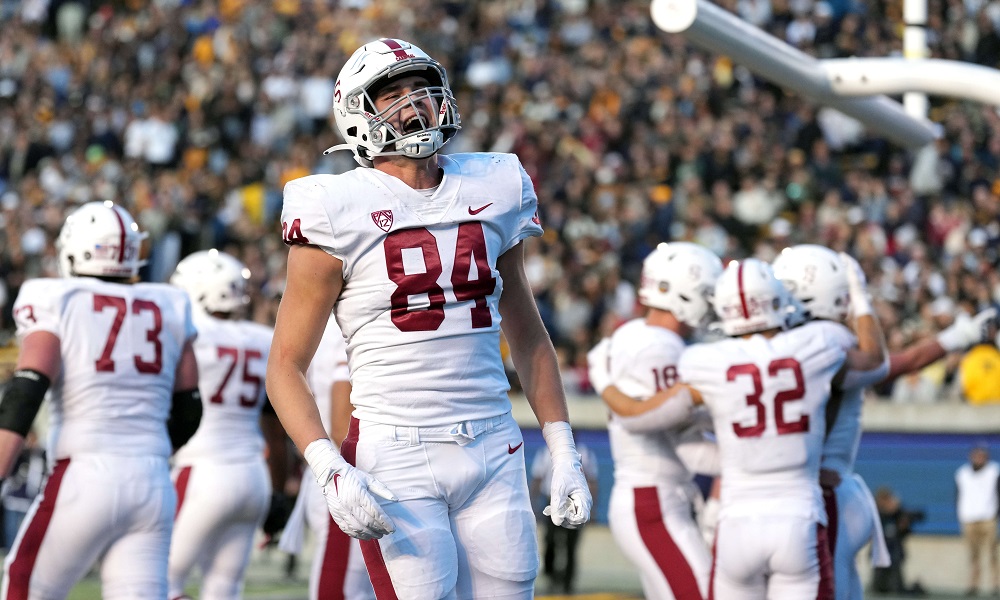Hawaii Football: First Look at the Stanford Cardinal
The Warriors host the rebuilding Cardinal in non-conference action this fall. Here’s a first look at Stanford.
Contact/Follow @MattK_FS and @MWCwire
A new era at Stanford begins on the Hawaiian islands.
Hawaii Football: First Look at 2023 Non-conference Opponents
Vanderbilt | Stanford | UAlbany | Oregon | New Mexico State
College football has long been ruled by its bluebloods, but the rise of the Stanford Cardinal just over a decade ago proved that just about any program can move toward prominence with the right people in place. Beginning with Jim Harbaugh and continuing with David Shaw, the Cardinal followed a streak of seven consecutive losing seasons with ten straight winning campaigns from 2009 to 2018.
Everything ends, though, which is why the Cardinal are turning to a new head coach to rebuild the roster for another run at revelance in the near future. For 2023, though, it marks a perfect opportunity for the Hawaii Warriors to prove they’ve progressed in their own rebuild under head coach Timmy Chang.
Location: Palo Alto, California
Conference: Pac-12
Series History: Stanford leads the all-time series against Hawaii, 3-0.
2022 Record: 3-9 (1-8 Pac-12)
Head Coach: Troy Taylor (first year, 30-8 at Sacramento State). Shaw’s tenure was far and away the most successful in program history, punctuated by two Rose Bowl victories in three appearances, but the cracks began to show in 2019 when his Cardinal had their first losing season on his watch. Things didn’t get much better from there and narrow wins against Notre Dame and Arizona State, by a combined three points, kept Stanford’s record from being much worse.
Now it’s Taylor’s turn at the helm and he brings a strong track record with him from Sacramento State, where in four seasons his Hornets twice clinched a share of the Big Sky title and won it outright a third time. He’ll have his work cut out for him right away, however, as Stanford projects to be 95th by preseason SP+ and returns only 35% of last season’s production.
Key Players
Benjamin Yurosek, TE
Stanford has a quarterback quandry on its hands right now, but whoever wins that job will have at least one reliable target to whom they can throw. Over the last two seasons, Yurosek has caught 92 passes for 1,103 yards and five touchdowns, earning an all-Pac 12 second-team nod in 2022. At 6-foot-4 and 242 pounds, he’ll be a focal point of the revamped Cardinal offense in some capacity.
Joshua Karty, K
For as many questions that exist elsewhere on the roster, Stanford might just have the best kicker in the country. A first-team all-conference selection and a Lou Groza Award finalist in 2022, Karty made all 18 of his field goal attempts, including 13 from 40 or more yards, to become the first kicker to be perfect on that many attempts since 2013.
David Bailey, LB
A four-star recruit from California high school power Mater Dei, Bailey didn’t need much time to find the field as a true freshman and he became the first such Stanford player to start a season opener under David Shaw. He appeared in 11 games altogether, starting nine of them, and made 46 total tackles while leading the Cardinal with 8.5 tackles for loss and chipping in 2.5 sacks. Bigger things could be ahead for the Irvine native.
Jaxson Moi, DE
The lone 300-pound defender on the current roster, Moi was another Cardinal true freshman who had a busy 2022. Unlike Bailey, he only made one start but did appear in all 12 contests and played slightly more snaps, anyway, collecting 22 total tackles, 4.5 TFLs, and two pass breakups in 453 reps. Moi should be the linchpin of a young defensive line going forward.
Gaethen Bernadel, LB
Stanford doesn’t take advantage of the transfer portal very often, but recruiting Bernadel from Florida International could be a big deal for the defense. Last season, he finished sixth among all Conference USA defenders with 103 total tackles and added eight TFLs and 1.5 sacks for good measure.
Overview:
Offense
The last several years of the David Shaw era saw a steady decline in Stanford’s offensive efficacy and reached new lows in his final year. They ranked 94th among FBS teams in averaging 5.27 yards per play, 102nd in earning 40% of available yards per drive, and 108th with 1.65 points per drive.
Unfortunately, the Cardinal doesn’t have a ton of definitive playmakers whom Taylor can lean upon. For instance, at a minimum, the battle to replace quarterback Tanner McKee could involve Ari Patu, who has spent the last two seasons as a backup; Ashton Daniels, who played in ten games as a true freshman; and Justin Lamson, a Syracuse transfer.
Things are a little rosier at running back, where injuries took a toll last season. EJ Smith, the son of NFL legend Emmitt Smith, began last year as the starter and ran for 206 yards and three touchdowns on 30 carries, but he played in just two games before a season-ending ailment. Casey Filkins (800 all-purpose yards, five total touchdowns) took over from there before another serious hurt ended his year. Assuming both are healthy, they could see a lot of work.
Outside of Yurosek, the passing game doesn’t have many answers. Senior John Humphreys (29 catches, 348 yards, one touchdown) is the veteran wide receiver of note, but this is a unit that could skew pretty young with players like sophomore Mudia Rueben and true freshmen Tiger Bachmeier and Ahmari Borden all theoretically capable of carving a role to see 20-30 targets.
That’s also true of an offensive line which brings back just one starter from 2022: senior guard Levi Rogers. The transfer portal could pay dividends here, however, as Stanford was able to bring in Harvard tackle Alec Bank and Penn guard Trevor Mayberry, both of whom were multi-year starters in the Ivy League. It could be tough to improve on last year’s finish, when the Cardinal allowed an 8% sack rate (98th in FBS) and a 19.9% stuff rate (102nd).
Defense
Where the offense limped along in Shaw’s final year, the bottom really fell out of his defense. Stanford coughed up 3.04 points per drive and 59.7% of available yards per drive, both of which ranked 124th in the country and were the worst such marks since BCFToys.com’s Brian Fremeau began tracking those metrics in 2007. The good news is that last year’s trials by fire gave Taylor’s new crew a bit of much-needed seasoning.
In the front seven, Bailey, Moi, and Bernadel headline a group that returns three of four starters on the defensive line and at least a little bit of returning experience at linebacker. For the former, defensive tackles Tobin Phillips (34 tackles, 3.5 tackles for loss, 2.5 sacks) and Anthony Franklin help anchor the interior while, for the latter, Tristan Sinclair returns after starting a pair of November contests.
As for the secondary, well… that’s anyone’s guess. Senior safety Alaka’i Gilman, and fifth-year cornerback Zahran Manley provide some veteran experience with seven combined starts across the last two seasons, but Stanford could easily decide upon a youth movement headed up by the likes of Colin Wright and Jimmy Wyrick. Considering this unit was actually a relative strength in 2022 — Stanford led the Pac-12 in opponents’ completion percentage and finished fourth in allowing 7.2 yards per attempt — such uncertainty doesn’t bode well for their chances of repeating that.
Early Prediction
Both teams are going to have plenty of questions on their plate headed into this Week 1 matchup, but Stanford is in a much worse place, at present, compared to Vanderbilt a year ago. It strikes me as exactly the kind of game where defense could be optional, which could make it the optimal proving ground for Hawaii’s newly revamped run-and-shoot offense.
Hawaii 38, Stanford 35
[lawrence-auto-related count=3 category=1371]
[protected-iframe id=”f7652191f99ba13728097498e8a79cd8-137729785-123448869″ info=”https://open.spotify.com/embed-podcast/show/48681pqFq0kB9dhrtPPoNd” width=”100%” height=”232″ frameborder=”0″]
